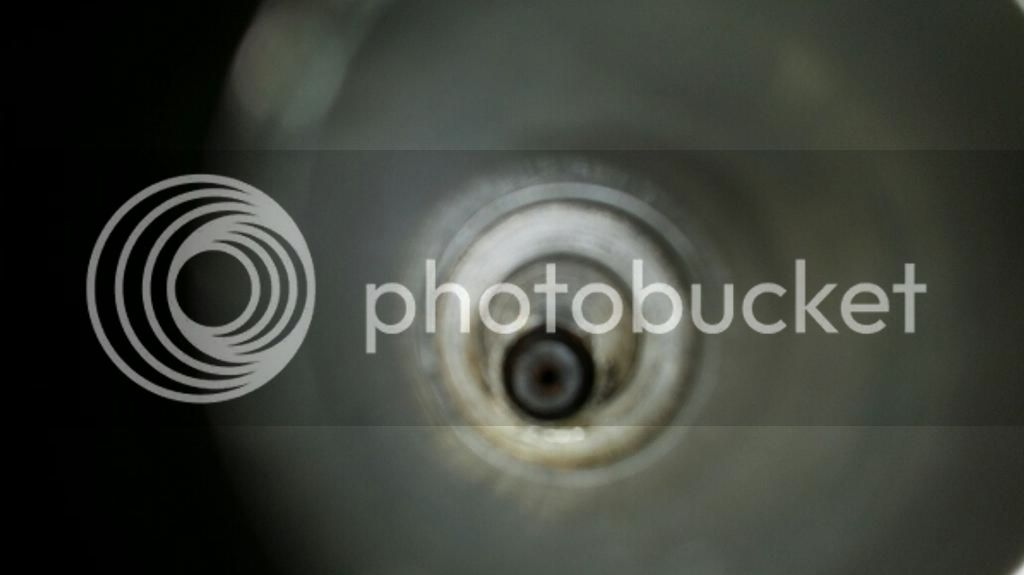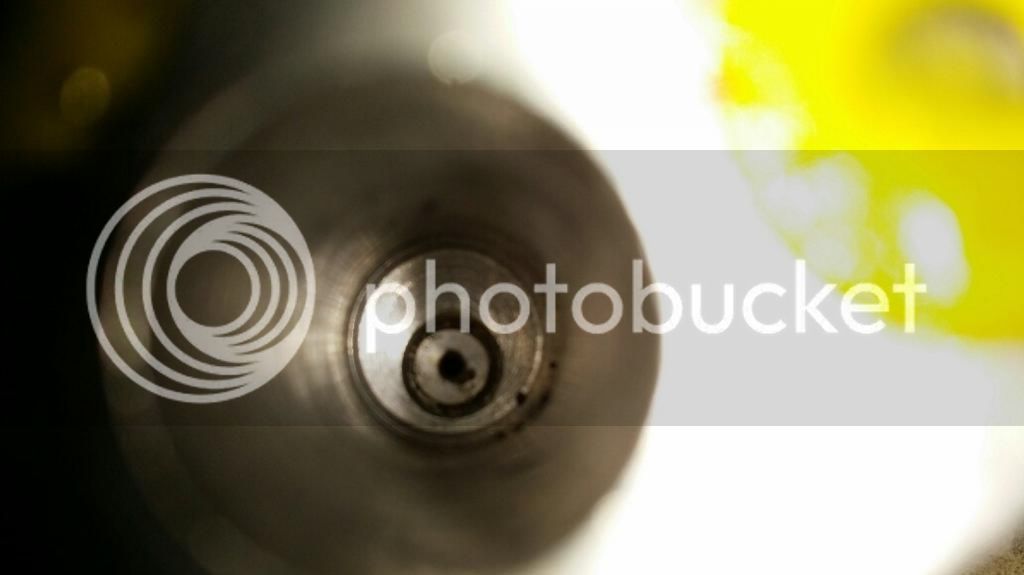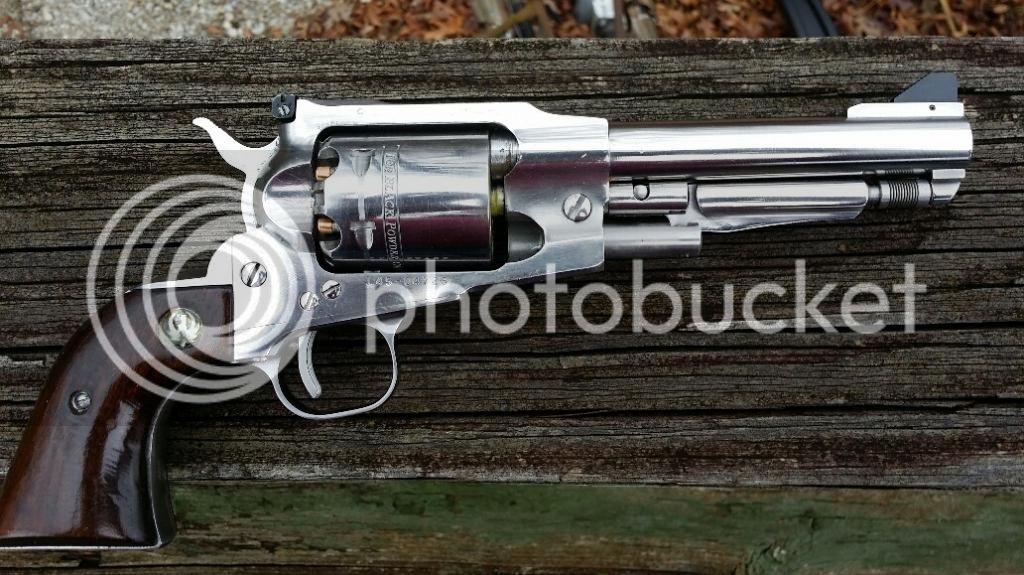I doubt Clements would do such a thing if it were even a little bit iffy, and we haven't heard of one letting go.
Look at the wall thickness of many of the repros, and then look at the depth of the threads. Being much thicker I'd not think it detrimental, but then I'm not familiar enough to say that it's not necessary to be twice as thick in the end. And repros, such as my Pietta Remington '58, have had the thin cylinder walls reamed a little larger and we haven't heard of one of them having a failure either.
I don't have a need to such. I feel 35 grns of 3F Olde E or T7 is plenty for what I'd want to do.




